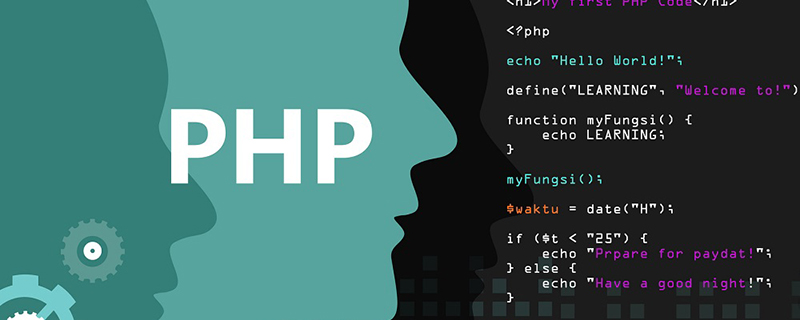

PHP is a server-side scripting language. The server-side belongs to the back-end. Of course, the function of PHP is not only the output page, but also the logic layer, service layer and DAO, and perhaps reading Write files, message queues, event mechanisms, etc. Strictly speaking, PHP does much more on the backend than on the frontend.
The front-end here refers to applications that serve visitors, and the back-end refers to non-visitor-oriented things such as management, operations, and data mining. Because PHP is fast and easy to deploy, it has greater advantages than other languages on the front end (for example, the interface is changed every 3 months).
But PHP is an interpreted language after all, so when it is stable (referring to small changes in requirements and rarely recompiled) and complex (intensive instructions), the operating efficiency is lower than that of compiled languages. Disadvantages.
In fact, it doesn’t make much sense when we say whether PHP is a front-end or a back-end. As far as lamp architecture is concerned, PHP can be regarded as a component of the entire architecture, a web system, and its front-end and back-end divisions should be based on whether they are related to The database interacts to partition.
The simplest one, (html, css, javascript) belongs to the front desk, html controls the front desk text format, css is like a girl putting on makeup, beautifying the page, and javascript is to realize the interaction between the front desk page and the customer.
For more PHP related knowledge, please visit PHP Chinese website!
The above is the detailed content of Is php the front end?. For more information, please follow other related articles on the PHP Chinese website!